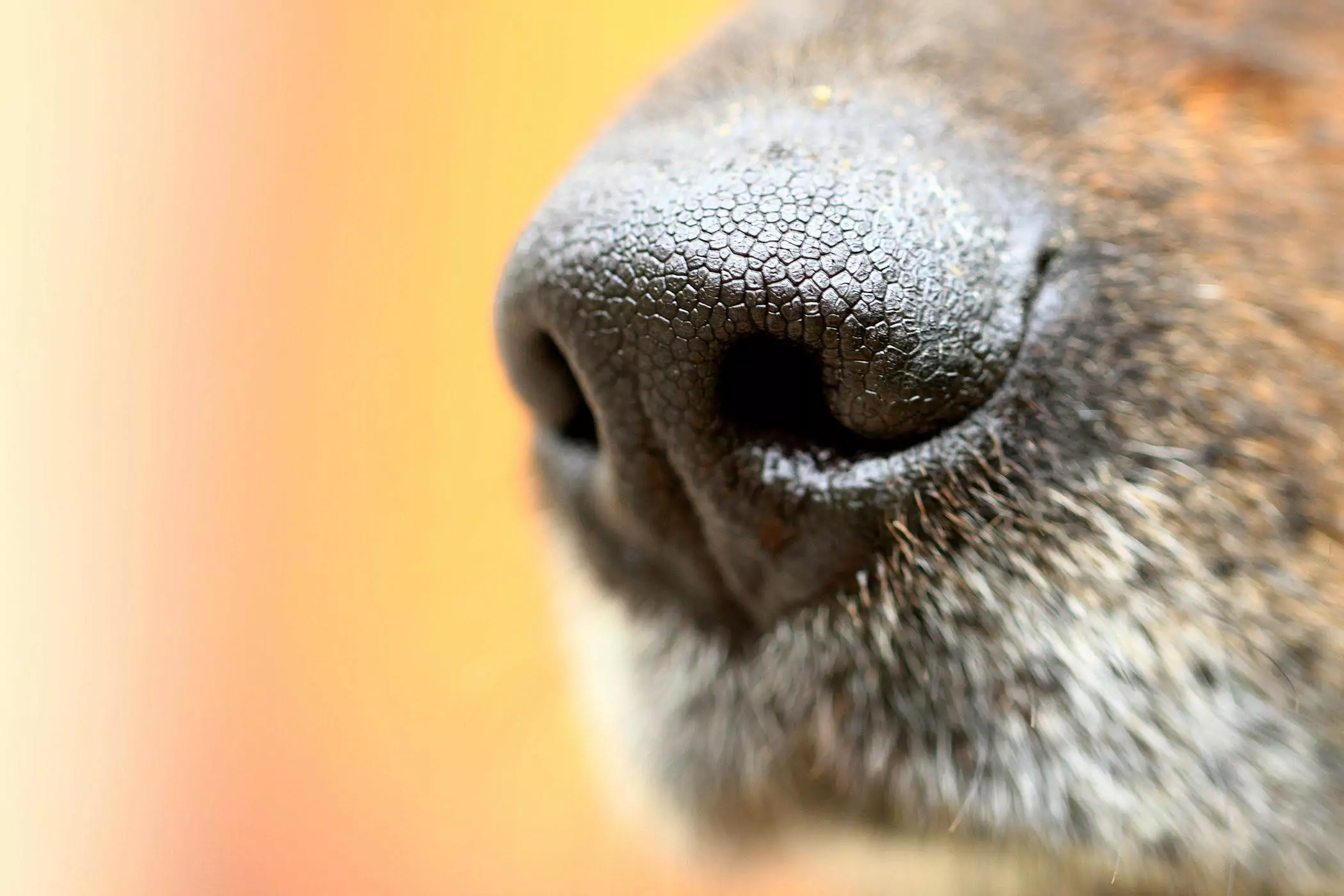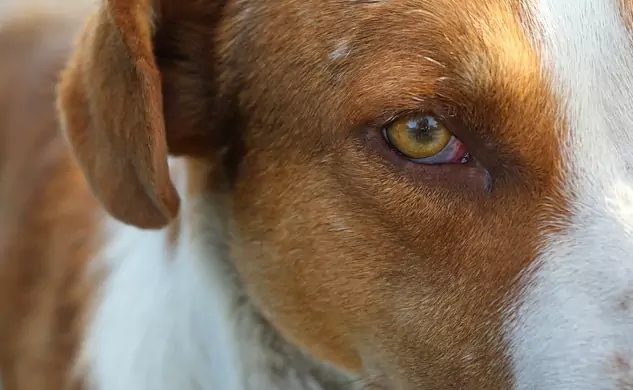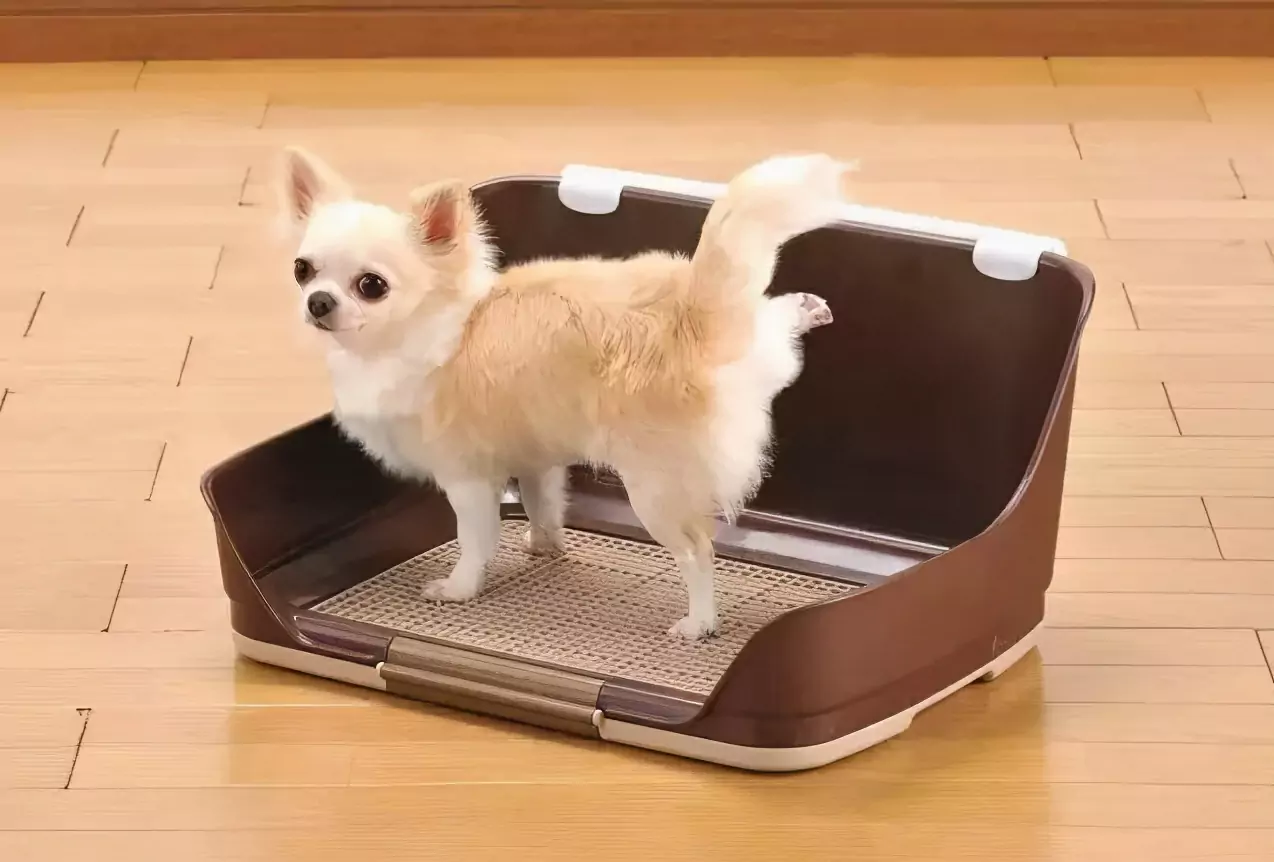Why is my dog having trouble breathing?
2022-07-01
Why do dogs sometimes feel like they have trouble breathingCauses are divided into non-respiratory-induced dyspnea and problems with the respiratory tract itself.
1 Non-respiratory causes of dyspnea
Heart disease:Congestive heart disease (such as mitral atresia insufficiency), insufficient blood output from the heart (such as cardiomyopathy or subaortic stenosis), cardiac malformations, severe arrhythmias and shock.
Neuromuscular diseases: severe central nervous problems, such as trauma, tumors, infections, polyneuritis, spinal disorders and myasthenia gravis.
Metabolic diseases: acidemia, diabetes mellitus and uremia, etc.
Blood disorders: hemoglobin deficiency and anemia.
Vascular diseases:such as vascular embolism of the lungs.
Endocrine disorders:Hyperadrenocorticism.
Other possible causes: fever, pain, obesity, ascites or hypertrophy of the abdominal viscera, which affects respiratory function by compression.
2. Problems of the respiratory tract itself
Upper respiratory tract diseases: short nasal kissing syndrome, nasal obstruction, tonsillar hyperplasia, laryngeal paralysis, tracheal stenosis or hypoplasia, tracheal collapse, endotracheal tumor or foreign body and respiratory tract rupture, etc.
Lower respiratory tract diseases:There are two types of obstructive and restrictive. Obstructive refers to diseases of the trachea in the chest cavity, such as tracheal or bronchial collapse, foreign body or tumor, pulmonary edema, pneumonia, and lobe torsion. Restrictive refers to interstitial fibrosis, fibrous pneumonia, abscess chest, hemothorax, celiac disease, pneumothorax and rib fracture.
Clinical symptoms . The clinical signs of dyspnea, shortness of breath and panting are as follows:
1. sitting: when the dog appears to sit on its buttocks on the floor, both front feet straight, head raised high, and refuses to rest and sleep, attention should be paid to whether there are problems in the chest cavity. For example, ruptured diaphragm, hydrothorax, abscess chest and congestive heart failure.
2. Cough: If the cough is accompanied by dyspnea and a mild, wet cough, it is likely to be congestive heart failure, and if the cough is dry and gurgling, the chances of tracheal collapse are highest.
3. Nasal obstruction: Place a piece of toilet paper gently over the nasal outlet to determine whether there is airflow.
4. Upper airway obstruction: collapsed trachea, wheezing, snoring, sensitive trachea, and goose chirping may cause difficulty in both expiration and inspiration.
Other similar diseases are as follows:
1. dogs only shortness of breath, and no breathing difficulties: this is a normal physiological phenomenon, when the dog has a fever, just after exercise, high ambient temperature or pain will appear such a phenomenon.
2. Heart disease: dogs with heart disease, will also appear similar symptoms.
How to do when your dog has difficulty breathing?
Your dog is not asthma, it should be pneumonia, so there is difficulty breathing. It is recommended that you buy some anti-inflammatory common antibiotics, such as penicillin, streptomycin, tetracycline, oxytetracycline, erythromycin, kanamycin and gentamicin. If you use with sulfonamides, you can improve the effectiveness of the treatment. If you don't need an injection, you can buy tetracycline, sulfonamide two kinds of drug powder and food to feed it. The doctor said: the dog is having difficulty breathing.
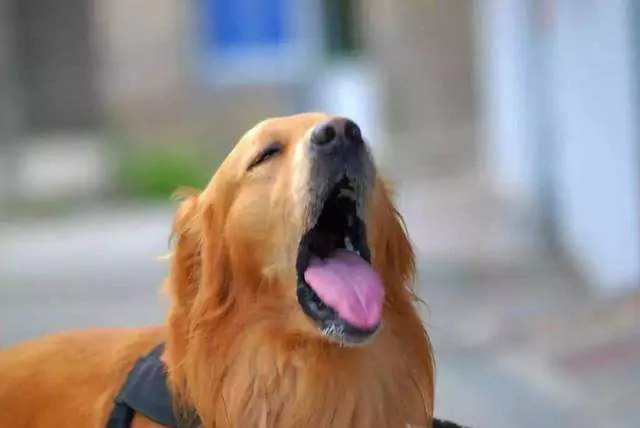
Causes of dyspnea in dogs and first aid
The main causes of dyspnea in dogs are: the dog has a respiratory disease or cardiovascular system disease.
I. Causes of respiratory distress in dogs.
The main causes of respiratory distress in dogs are: respiratory system diseases and cardiovascular system diseases.
1, respiratory system diseases including inflammation, edema, tumors or foreign bodies of the trachea and bronchi, resulting in narrowing or obstruction of the trachea and bronchi; lung diseases such as lobar pneumonia, bronchopneumonia, lung abscess, pulmonary edema, etc.; rib fractures, pleural effusion, etc.
2, various causes of heart failure, congenital heart disease in dogs, etc.
3, anemia and poisoning, such as nitrite poisoning, carbon monoxide poisoning, etc.
4, neurological diseases, such as brisket hemorrhage, brain tumor, encephalitis and meningitis, etc.
5, other factors such as allergies, etc.
Causes of respiratory distress in dogs and first aid methods
The main causes of respiratory distress in dogs are: the dog has a respiratory disease or cardiovascular system disease.
I. Causes of dyspnea in dogs.
The main causes of respiratory distress in dogs are: respiratory system diseases and cardiovascular system diseases.
1, respiratory system diseases including inflammation, edema, tumors or foreign bodies of the trachea and bronchi, resulting in narrowing or obstruction of the trachea and bronchi; lung diseases such as lobar pneumonia, bronchopneumonia, lung abscess, pulmonary edema, etc.; rib fractures, pleural effusion, etc.
2, various causes of heart failure, congenital heart disease in dogs, etc.
3, anemia and poisoning, such as nitrite poisoning, carbon monoxide poisoning, etc.
4, neurological diseases, such as brisket hemorrhage, brain tumor, encephalitis and meningitis, etc.
5, other factors such as allergies.
Second, the first aid of dog respiratory distress.
1銆並eep quiet and avoid moving the affected dog to prevent aggravation of respiratory distress.
2銆丩et the dog take a sitting position to reduce oxygen consumption.
3銆丟ive appropriate phlegm and antispasmodic drugs such as aminophylline and coughing to keep the respiratory tract unobstructed.
4銆丷emove the foreign body to keep the airway open.
5銆丷espiratory difficulty caused by inhibition of the respiratory center, such as morphine, barbiturate poisoning. The respiratory center stimulant should be injected immediately, either intramuscularly or intravenously with Ansonia Plus, 0.1~0.3g each time; intramuscularly or intravenously with Niclosamide, 0.125~0.5g each time.
6. Severely affected dogs are immediately sent to hospital for treatment.
What can the owner do if the dog is panting
First, the doctor needs to determine if the dog's wheezing is coming from another condition. Sometimes a kennel cough infection or "reverse sneezing" can produce asthma-like symptoms.
A physical exam with a detailed history that includes x-rays will help the doctor determine if the dog has asthma. Treatment for asthma usually begins with antihistamines and progresses to bronchodilators and steroids, depending on the severity of the condition and how much it has worsened.
One of the main goals of treating asthma in dogs is to try to identify and remove any potential allergens that could trigger an asthma attack. This requires the owner to record each asthma attack, documenting the severity and duration of the attack, as well as the behavior and possible exposure prior to the attack, and the relevance of the time of day, meal times and other daily habits to rule out allergens one by one.
If asthma attacks continue to occur on a regular basis, the veterinarian will use a metered-dose inhaler for use with the dog's nasal mouth to help administer bronchodilators and anti-inflammatory medications, which will ensure that the medication is inhaled and directly treats the inflamed bronchial passages. Dogs suffering from chronic attacks should be treated aggressively to prevent the condition from becoming more severe.
The earlier a dog's asthma is detected and diagnosis and treatment is initiated, the better the treatment outcome and long-term prognosis will improve. Late detection has the potential to cause permanent damage to your dog's airways. Even if a dog is suffering from chronic asthma, it can usually be controlled with treatment. In most cases, long-term care is necessary. But once the owner's careful care and good treatment, life expectancy and quality of life are generally guaranteed.
Third, these 3 cases of panting can not be too worried
1, the dog is too hot panting. The dog's skin sweat glands are not developed, so even in hot days or after exercise, they do not sweat. Because they stick out their tongues to dissipate heat, they will pant more when exercising vigorously. Timely heat dissipation and hydration is sufficient.
2. Overweight dogs are more likely to pant because their bodies have a hard time regulating heat. Just exercise more and maintain a healthy weight.
3, the aging of the heart and lung organs, resulting in it each breath to reduce the utilization of oxygen, so it speed up the breathing rate to get more oxygen. Owners are better off just not taking their dogs for intense exercise, easy walks are more suitable for older dogs, and they can usually supplement Huanxin Yi Meng to prevent and relieve heart disease.
Was this article helpful to you?
Other links in this article
Deutsch:
Warum hat mein Hund Atemprobleme?
Nederlands:
Waarom heeft mijn hond moeite met ademhalen?
português (Brasil):
Por que meu cão está tendo dificuldades para respirar?
русский:
Почему моей собаке трудно дышать?
日本語:
犬が息苦しそうにしているのはなぜですか?
中文简体:
为什么我的狗呼吸困难?
中文繁体:
為什么我的狗呼吸困難?
Comments

Why is my dog throwing up?

Why does my dog keep coughing?

How many months is a dog pregnant? Signs and Phenomena of Dog Pregnancy
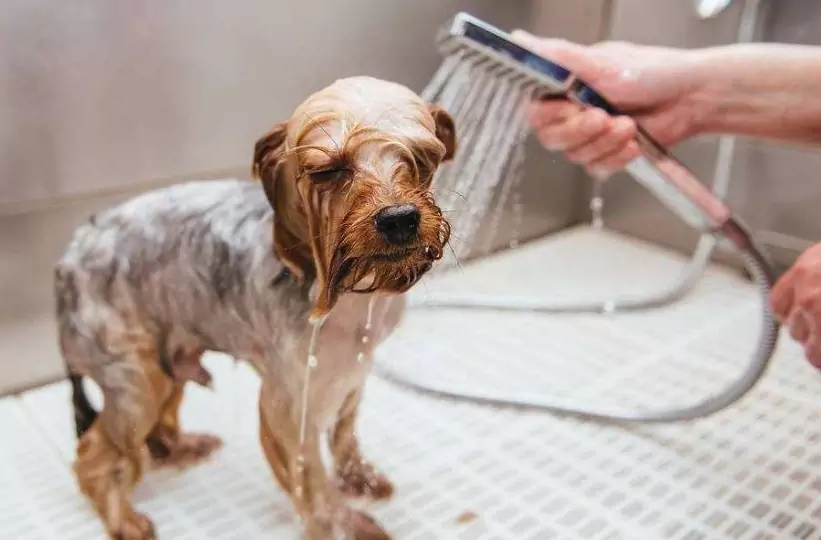
How do dogs grow fleas? Ways to get rid of fleas on dogs

Can dogs get diabetes?
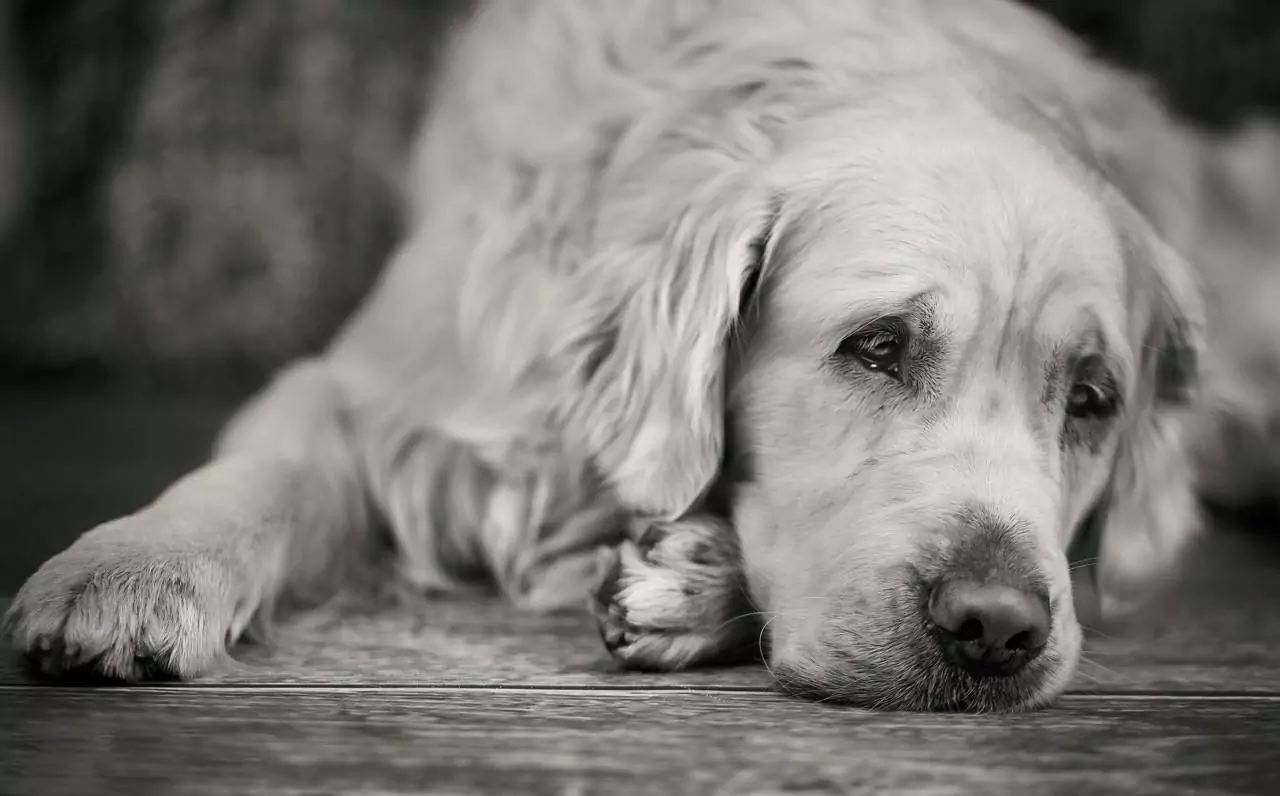
Can dogs be depressed?
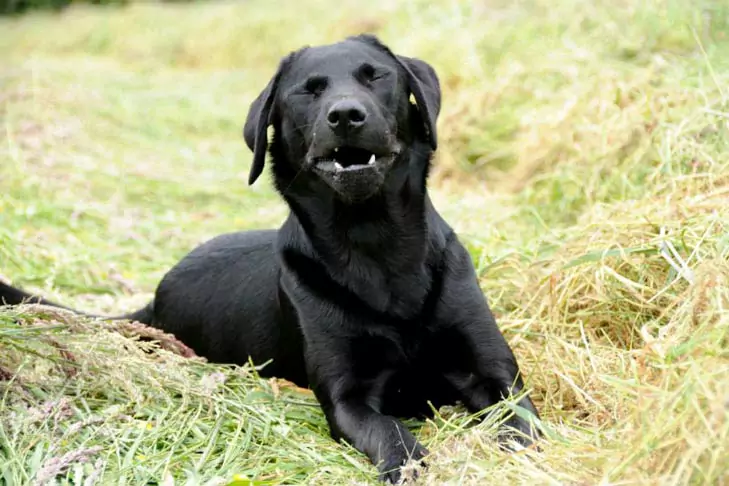
Why does my dog keep sneezing? Causes of Sneezing in Dogs

Can dogs catch a cold? Cold and Flu Symptoms in Dogs
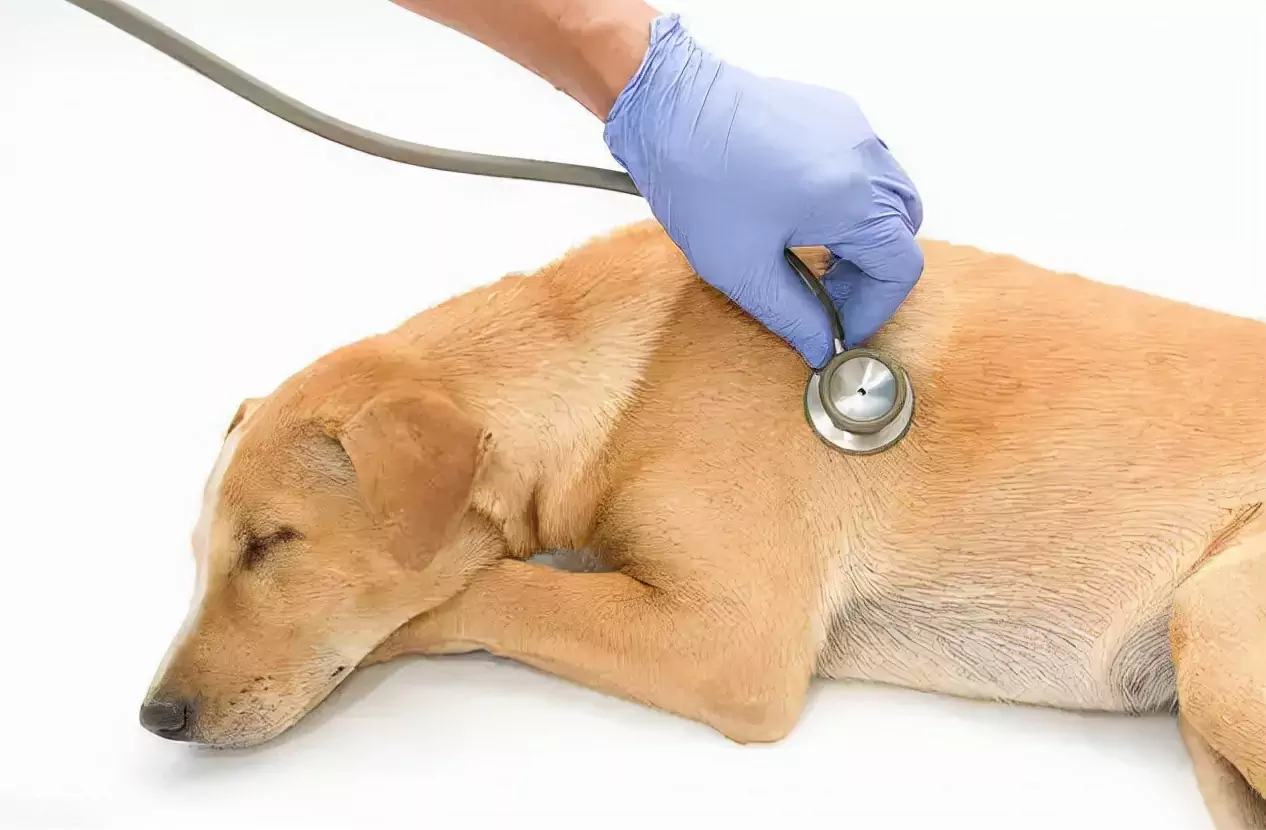
What causes heart disease in dogs

Can dogs get urinary tract infections?





